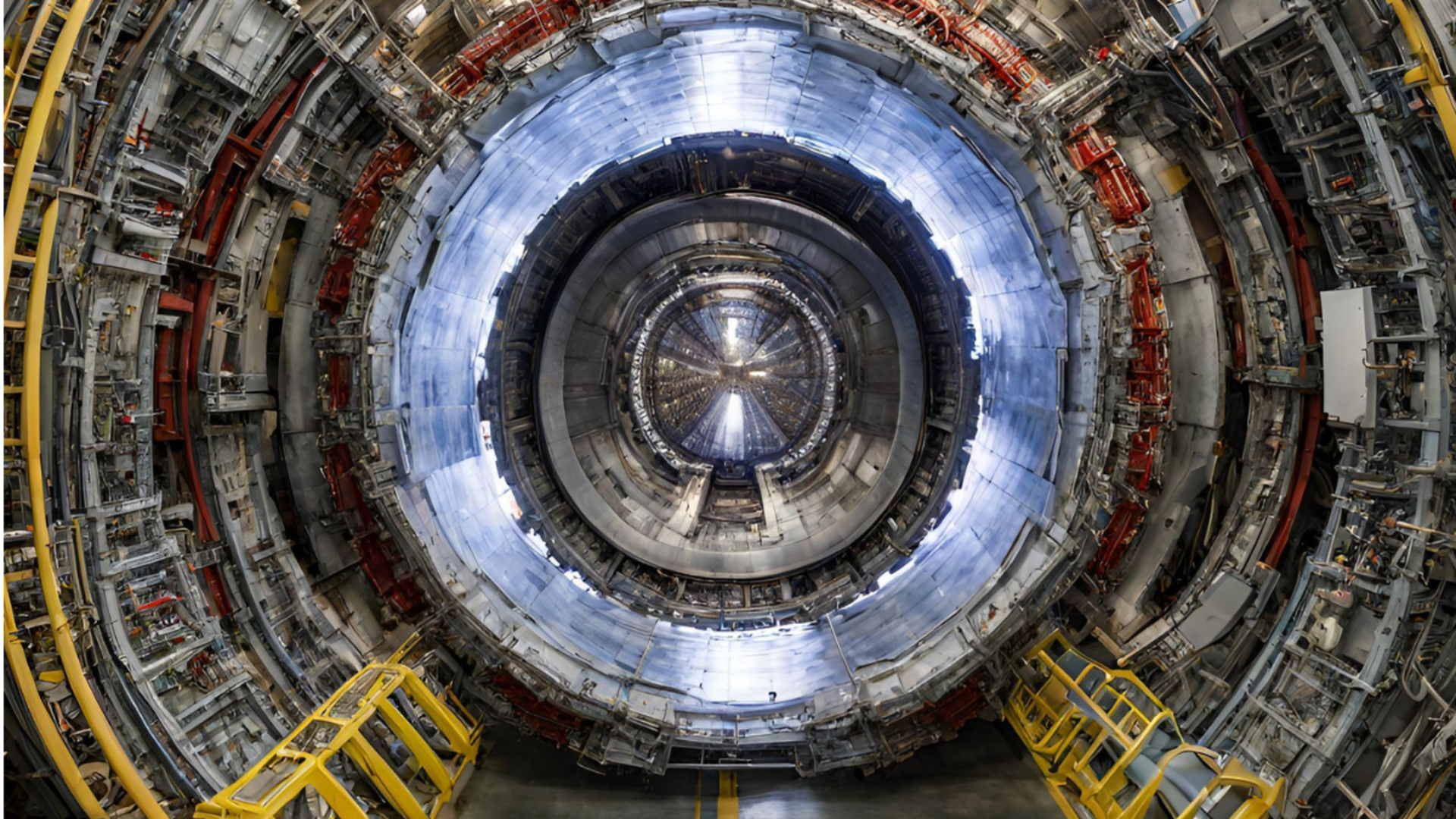
Scientific breakthrough opens possibility for practical muon accelerators
What's the story
A significant breakthrough by the Muon Ionization Cooling Experiment (MICE) researchers could turn the theoretical concept of muon accelerators into reality. These accelerators, similar to the Large Hadron Collider (LHC), are used to understand the universe's makeup and reveal matter's origin. The new research has discovered a method to increase muons' density and location in a beam, making them easier to control and collide within an accelerator.
Muon advantages
A more compact and cost-effective solution
Muon accelerators could offer several advantages over conventional particle accelerators, per Fermilab at the US Department of Energy. "If built, a future muon collider could provide 10 times the discovery reach of CERN's Large Hadron Collider even after its substantial upgrade," states Fermilab. These muon colliders would be more compact and cheaper, achieving effective energies as high as those proposed by the 90km proton collider in a much smaller space. Despite these potential benefits, no operational muon accelerator exists yet.
Next steps
Overcoming challenges
The current study by the MICE collaboration has addressed one of the key challenges in realizing muon accelerator technology. However, there is still much work to be done. The next goal for the MICE team is to develop an effective cooling system for future muon accelerators. This will further enhance the practicality and efficiency of these innovative machines. The findings from this breakthrough study have been published in the journal Nature Physics.
Ionization cooling
The science behind muon accelerators
The MICE collaboration researchers have developed a technique to increase the density and location of muons in a beam, making them easier to control and collide within an accelerator. They found that cooling a muon beam decreases its space occupancy, and enables the muons to move in an aligned manner. This discovery was showed using a small prototype accelerator, depicting the formation and cooling of a high-brightness muon beam.
Muon characteristics
Muons: Heavy but highly unstable particles
Muons, elementary particles similar to electrons but with greater mass, are heavy yet highly unstable, decaying into electrons and neutrinos within 2.2 microseconds of their origin. This short lifespan makes it challenging to keep them together in accelerator, long enough to form a concentrated beam and undergo collision. However, MICE researchers have learned to arrange muons in a beam, using materials that reduce energy of the muons and employ a magnetic lens to focus them in the beam's central region.